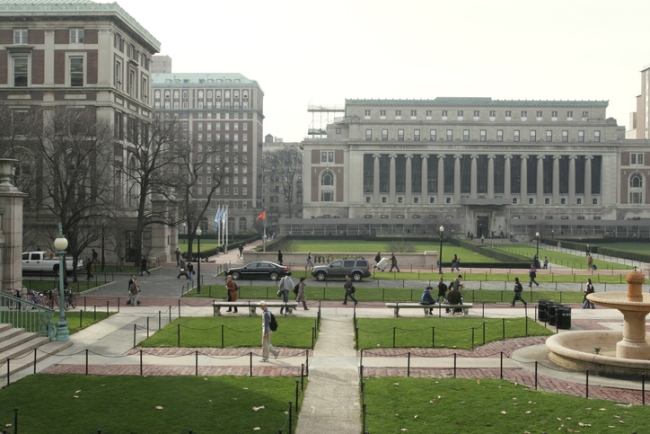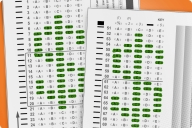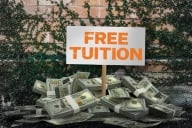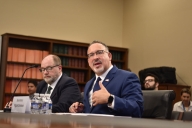You have /5 articles left.
Sign up for a free account or log in.

Columbia University
Getty Images/4x6
Students with similar test scores but different household incomes attend selective colleges at different rates, according to the latest report from Opportunity Insights, a group that has published groundbreaking research on how colleges may affect students' income mobility.
But the results contained some surprises. For example, middle-class students attend elite institutions at rates lower than students from the lowest income quintile.
Researchers Raj Chetty, John Friedman, Emmanuel Saez, Nicholas Turner and Danny Yagan looked at how the fractions of students who attend these elite colleges varies based on parental income, using only students who scored exactly 1400 on the SAT. That is the median score for students at "Ivy-plus" colleges, which includes the Ivy League, Duke University, Stanford University, the Massachusetts Institute of Technology and the University of Chicago.
The same researchers previously created mobility report cards for colleges to assess their students' upward income mobility. That report found great variability in low-income students' enrollment across colleges. But it also found that earnings outcomes are similar for students from low- and high-income families at any given college. And while some colleges had high mobility rates, access for low-income students at those colleges has fallen since 2000.
Building on their previous report, researchers found that students whose parents were from the lowest income bracket made up 7.3 percent of students with a test score of 1400 who attended Ivy-plus colleges. That was slightly below the average for all income groups. Students whose parents had the highest incomes made up a larger share, at about 10.8 percent, which was above the average for all groups.
But the students whose parents' incomes are in the middle attended Ivy-plus colleges at rates much lower than the average, between 4.4 percent and 4.7 percent. This means that middle-class students are underrepresented at elite colleges, and the report refers to them as the "missing middle."
Previous studies, such as one by the American Enterprise Institute, have also found that the share of students from the middle class at the most selective colleges in the nation has been declining over time.
It can be hard for middle-income families to afford higher education, particularly at private nonprofits, because their expected family contributions can be in the thousands or tens of thousands of dollars, said Bill Hall, founder and president of Applied Policy Research Inc. Hall's company advises private nonprofit institutions on admissions and enrollment.
"There's not a lot of discretionary income for middle-income families," he said.
Older generations say that families today aren't willing to sacrifice for their children's education like they once were, Hall said. Whether it's possible for middle-income families to afford elite colleges or not, rising tuition costs are pushing them toward flagship public institutions.
Hall sees the new study as an alert about what private and more elite institutions will have to do to stop the middle-income population from going elsewhere. And, he said, everyone at those institutions is talking about this issue, not just admissions staff.
"Most of them will acknowledge, why did we ever get ourselves in a position where we have $50,000 tuition?" he said.
The movement toward tuition resets, where colleges slash sticker prices but not necessarily their net prices, is also a sign of colleges trying to make a change to help students who aren't high income, Hall said. Middle-income students stand to gain the most from those efforts, he said.
The report from Opportunity Insights analyzed what would happen if students with comparable test scores attended selective colleges at the same rate, regardless of their parents' incomes. Researchers found that economic diversity would "rise significantly" in this scenario. The fraction of students in the bottom income quintile who attend selective colleges would rise from 7.3 percent to 8.6 percent. Those in the middle would get a boost of about 10 percentage points at selective colleges, from 28 percent to 38 percent.
Providing low-income students with an admissions boost similar to what children of alumni receive at elite private colleges would increase the share of those students at those colleges as well.
At Ivy-plus institutions, this would push the share of low-income students up to 25.8 percent. The scenario used is similar to the preference legacy students, recruited athletes and students who are members of underrepresented minority groups receive during admissions at elite colleges.
If changes were made, it could have a large impact on income mobility, according to the researchers.
The gap in chances of reaching the top income quintile among college students from the bottom- versus the top-quintile families would decrease by 15 percent if all students with similar test scores attended elite colleges at the same rate, regardless of their families' incomes.
If lower-income students were given an advantage similar to legacy students, that gap would decrease by 25 percent.








